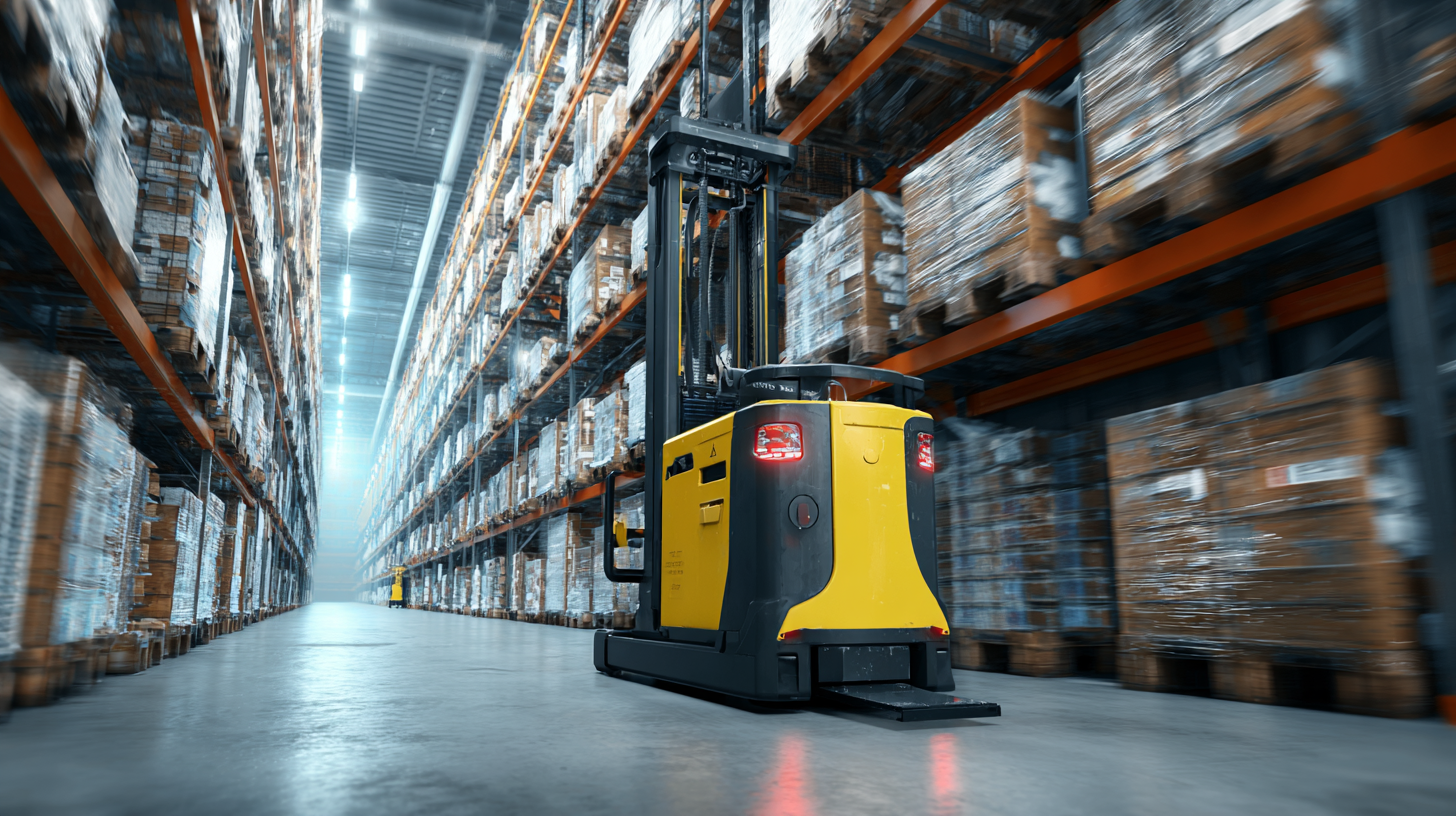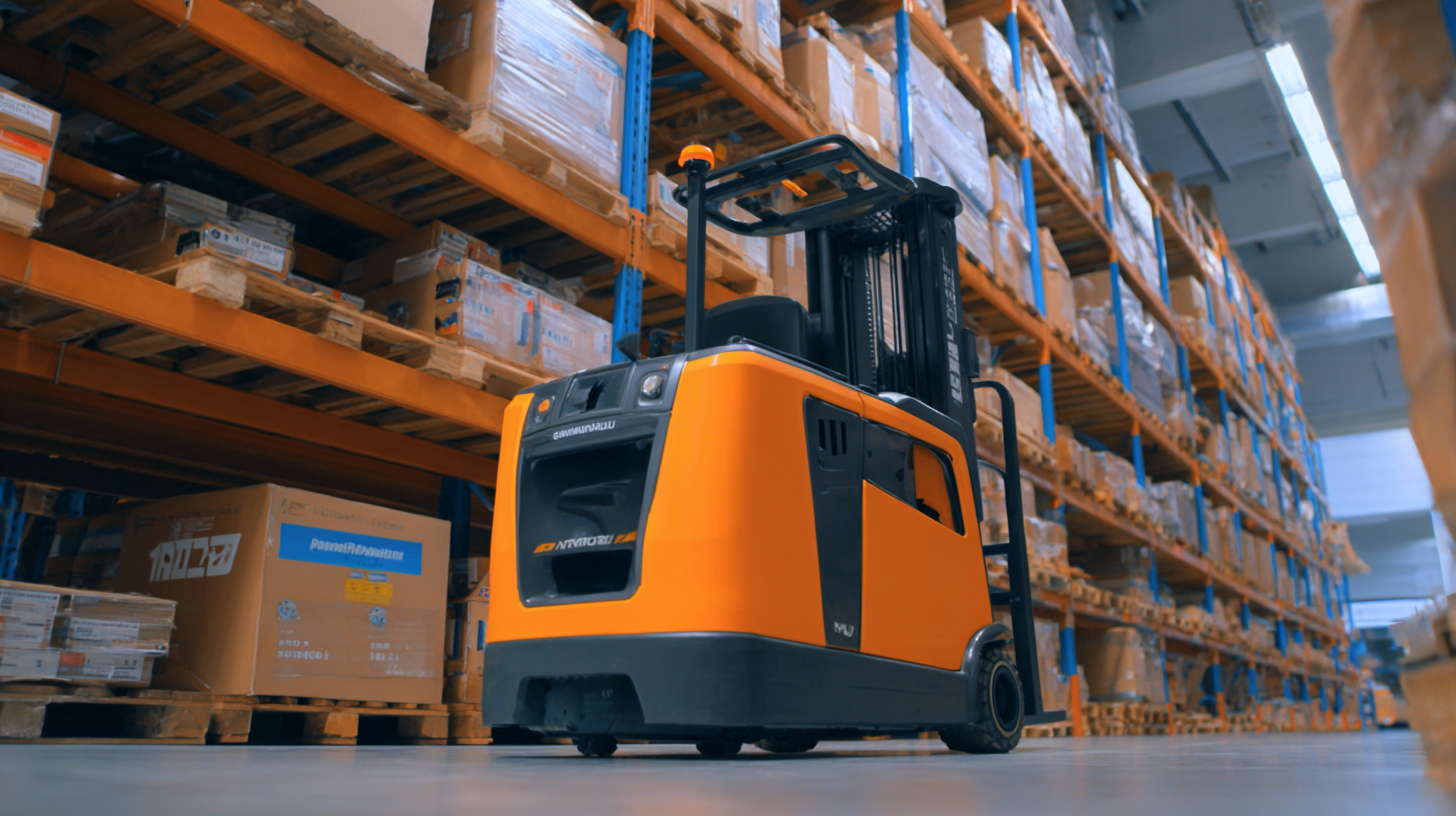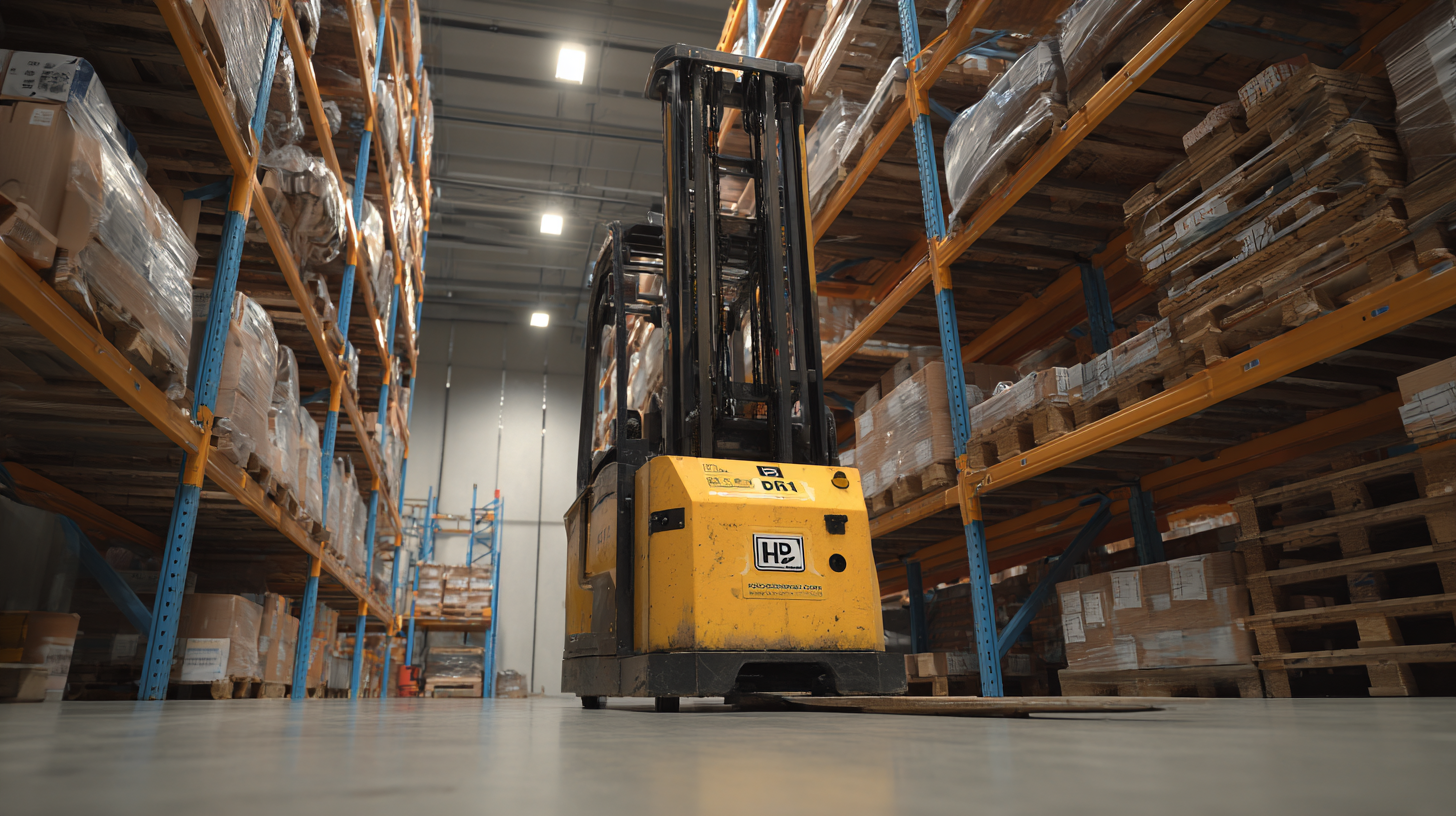Leave Your Message
In today’s fast-paced logistics landscape, efficient warehouse operations are paramount for businesses aiming to maintain a competitive edge. According to the 2023 Warehousing Trends Report, nearly 70% of warehouse managers cite optimizing material handling processes as a top priority, with pallet jacks emerging as a critical tool in this endeavor. These versatile devices not only enhance productivity but also minimize the risk of workplace injuries, with data from the National Safety Council indicating that proper equipment usage can reduce accidents by up to 30%. As e-commerce continues to drive demand for faster fulfillment, investing in the best pallet jack is not just an operational decision; it is an essential strategy for improving workflow efficiency and achieving substantial cost savings. By integrating innovative solutions that leverage the capabilities of pallet jacks, businesses can streamline their operations and meet the challenges of a rapidly evolving market.

When it comes to enhancing warehouse operations, selecting the right type of pallet jack is crucial. There are several types of pallet jacks available, each designed to meet specific needs within a warehouse setting.
Manual pallet jacks are ideal for smaller spaces, allowing operators to efficiently lift and move pallets without the need for complex machinery. Their simplicity and ease of use make them a popular choice for businesses with light to moderate material handling tasks.
For larger operations that require frequent transport of heavy loads, electric pallet jacks are a game-changer. These powered solutions reduce the physical strain on workers and increase productivity by minimizing the time spent moving goods. Additionally,
walkie stacker pallet jacks provide additional functionality, allowing operators to lift pallets to a certain height, making them suitable for stacking and storage purposes. By understanding the specific needs of your warehouse, you can choose the right pallet jack type that maximizes efficiency and safety in your operations.
 In today’s fast-paced logistics environment, enhancing warehouse efficiency goes beyond simply adopting advanced technology; it also involves embracing ergonomic designs in equipment like pallet jacks. An ergonomically designed pallet jack minimizes the risk of injury for operators, which is crucial in high-intensity workspaces. Features such as adjustable handles, lightweight materials, and intuitive controls allow workers to maneuver loads with ease, reducing fatigue and increasing productivity throughout the day.
In today’s fast-paced logistics environment, enhancing warehouse efficiency goes beyond simply adopting advanced technology; it also involves embracing ergonomic designs in equipment like pallet jacks. An ergonomically designed pallet jack minimizes the risk of injury for operators, which is crucial in high-intensity workspaces. Features such as adjustable handles, lightweight materials, and intuitive controls allow workers to maneuver loads with ease, reducing fatigue and increasing productivity throughout the day.
Moreover, well-designed pallet jacks contribute to optimized workflows within the warehouse. By allowing employees to transport goods more effortlessly, the time taken for each operation is significantly reduced. This efficiency not only speeds up the movement of inventory but also ensures that goods are handled with care, thereby minimizing damage. Emphasizing ergonomics in pallet jack design not only increases individual performance but also contributes to a smoother, more efficient overall warehouse operation. By investing in the right tools, companies can create a safer, more productive environment that meets the demands of modern logistics.
In today's fast-paced warehouse operations, technology plays a pivotal role in optimizing efficiency and productivity. One of the most significant advancements is the integration of IoT, RFID, and AI. These technologies enhance visibility throughout the supply chain, allowing for real-time tracking and management of inventory. With the global autonomous forklift market projected to reach USD 4.84 billion by 2024 and grow at a CAGR of 12.1% through 2030, it's evident that investments in automated solutions are reshaping the logistics landscape, making operations smoother and more efficient.

Moreover, the synergy between robots and human workers is becoming increasingly essential in warehouse environments. This collaboration not only increases productivity but also significantly reduces the risk of injury, as tasks can be delegated more effectively. With companies like Sysco incorporating generative AI into their technology strategies, they are optimizing sales processes and enhancing overall supply chain operations. As these innovations continue to evolve, the modern pallet jack will likely integrate these technologies, further streamlining warehouse operations and paving the way for smarter and more efficient facilities.
Investing in high-quality pallet jacks is a strategic decision that can lead to substantial long-term savings in warehouse operations. According to a report by the Material Handling Institute, a well-maintained pallet jack can reduce operational costs by up to 20% by minimizing equipment downtime and reducing the need for frequent replacements. This highlights the importance of choosing durable and reliable equipment that can withstand the rigors of daily use, ultimately saving costs on repairs and replacements.
Furthermore, a study by the Warehousing Education and Research Council (WERC) indicates that warehouses employing ergonomic and efficient pallet jacks can increase productivity by as much as 30%. This is particularly significant when considering labor costs, which account for approximately 50-70% of warehouse operational expenses. By enhancing worker efficiency and reducing fatigue, quality pallet jacks not only improve productivity but also contribute to higher employee satisfaction and retention, indirectly reducing recruitment and training costs. Investing upfront in superior pallet jacks can therefore yield significant financial benefits, reinforcing the argument for a thorough cost-benefit analysis in equipment selection.
In the fast-paced environment of busy warehouses, ensuring the safety of pallet jack operations is paramount. Operators must be adequately trained to handle these essential tools efficiently. Proper training should include understanding the mechanical workings of pallet jacks, as well as the specific safety protocols needed to prevent accidents. This training often covers the necessary checks before use, such as ensuring that the equipment is in good condition, free from any visible damages, and that the load is properly balanced.
Moreover, establishing robust safety protocols is crucial in reducing the risk of workplace injuries. Implementing clear guidelines, such as wearing appropriate personal protective equipment (PPE) and maintaining clear pathways, can significantly enhance operational safety. Regular safety drills and audits can reinforce these practices. Encouraging open communication among staff about potential hazards and safety concerns can also cultivate a culture of safety, ensuring that everyone in the warehouse is vigilant and proactive in maintaining a secure environment. By prioritizing these safety procedures, warehouses can operate more efficiently while safeguarding their employees.
